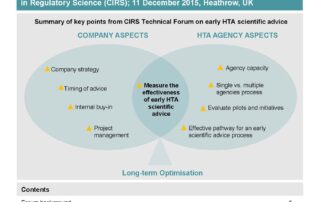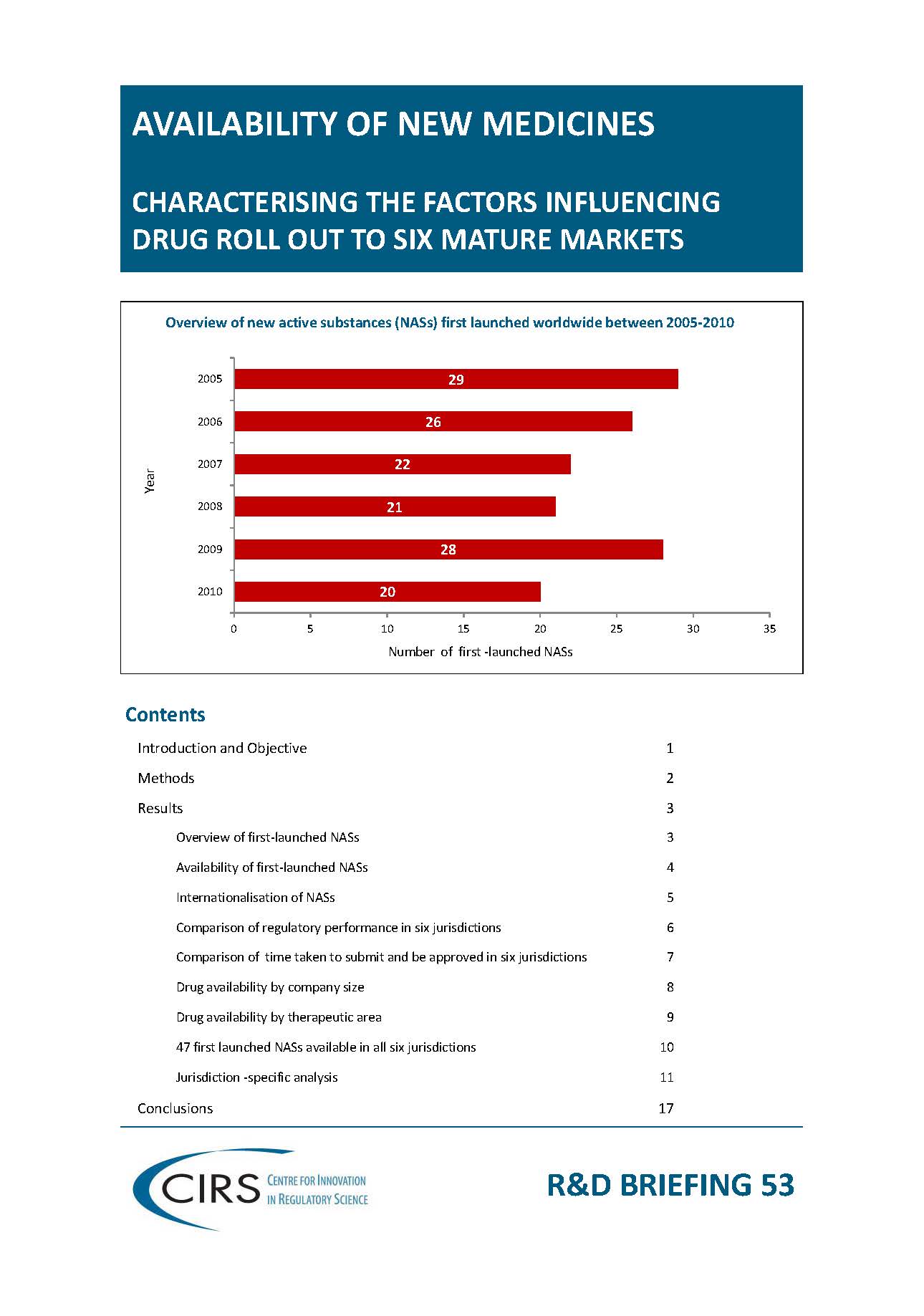CIRS RD Briefing 62 – New drug approvals in ICH countries 2007-2016
There have been major improvements in the regulatory environment in the International Conference on Harmonisation of Technical Requirements for Registration of Pharmaceuticals for Human Use (ICH) countries over the [...]




